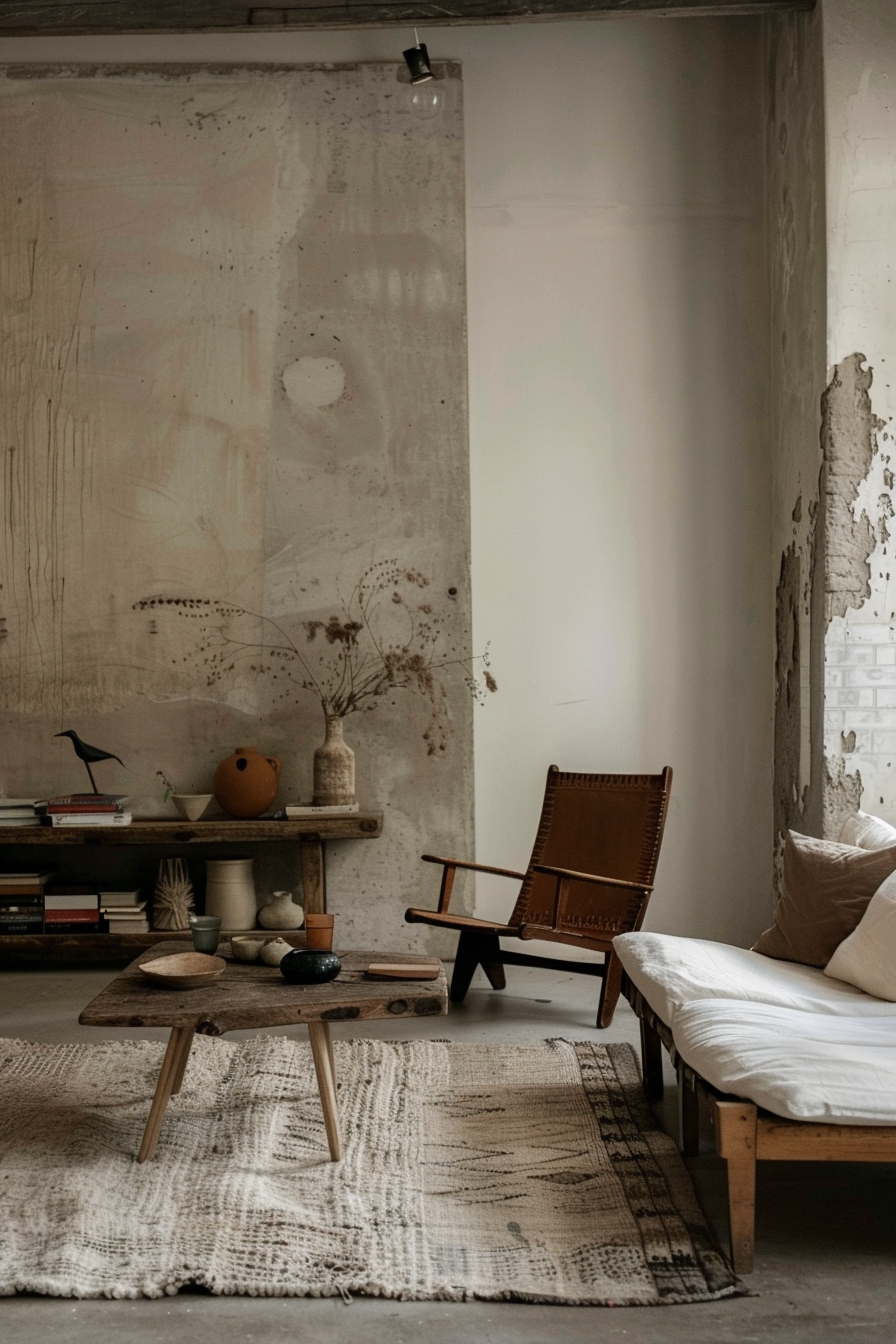Explore the fusion of modern design with the timeless allure of imperfection in Wabi Sabi mid-century spaces. This article celebrates the beauty of clean lines, organic forms, and minimalist aesthetics, juxtaposed with the warmth of natural materials and the patina of age. From iconic furniture pieces to sleek architectural elements, discover how to create spaces that honor the past while embracing the beauty of imperfection in the present.







































Follow Quiet Minimal on Pinterest for more home design tips and inspiration.


